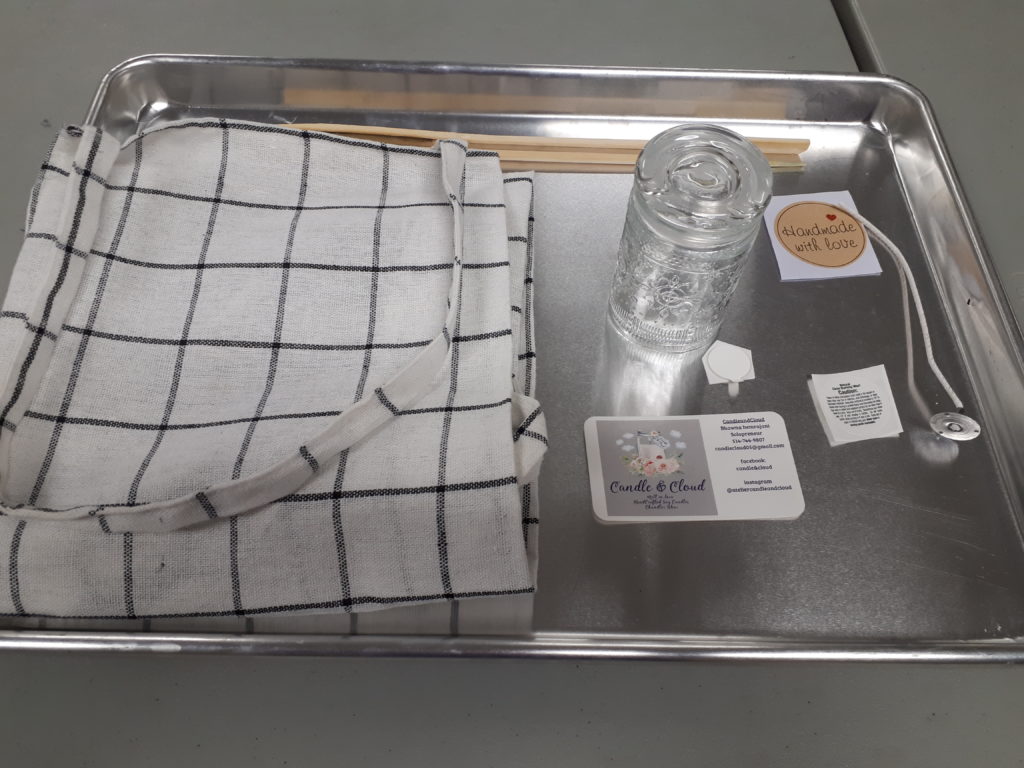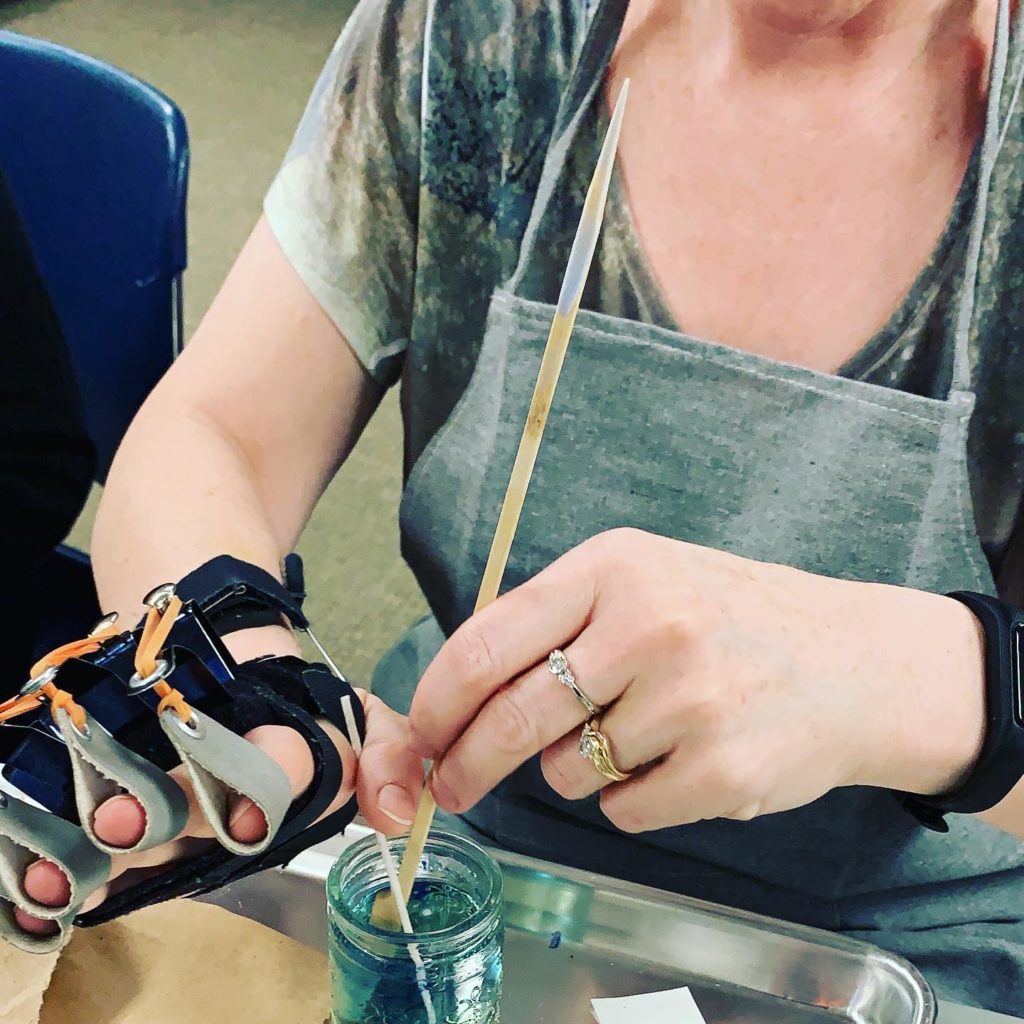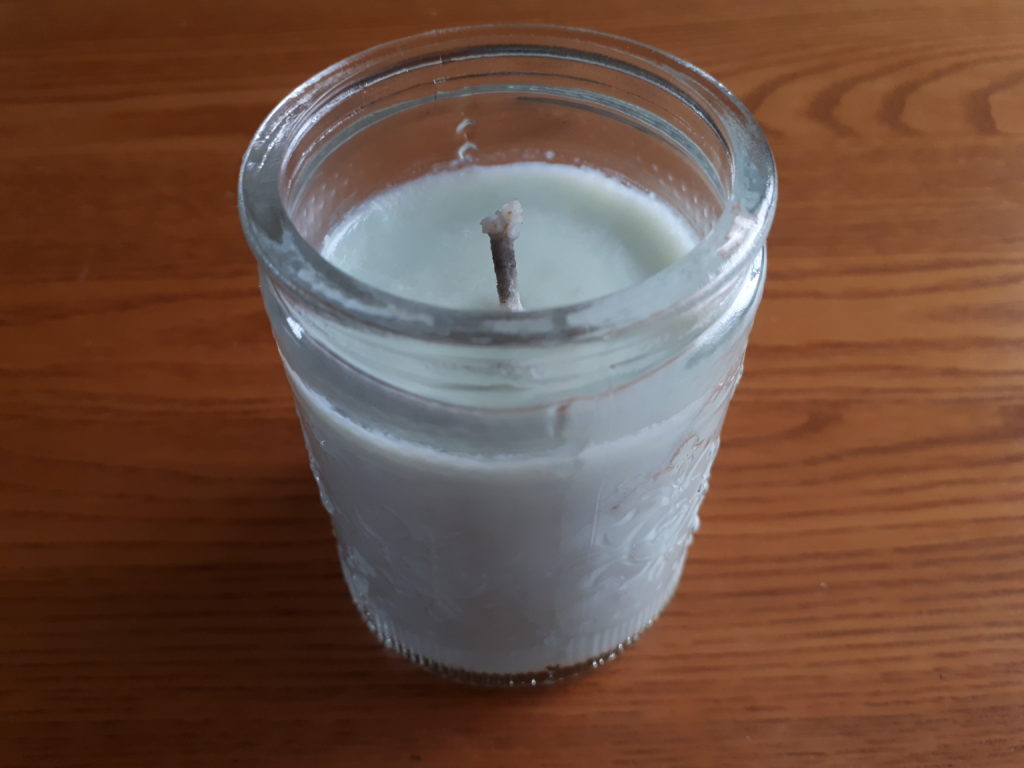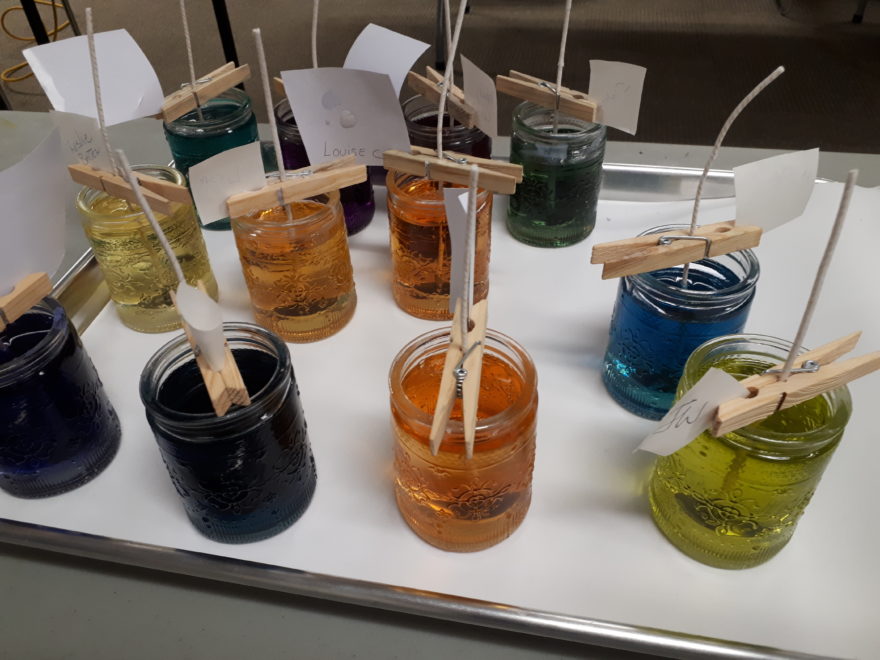Many of the small cities and towns in my area offer free or low-cost workshops, across a wide range of topics. Some are demonstrations, while others take a more participatory or hands-on approach. I signed up for two of these activities this month, one of each type, neither in my own town.
This is part of my plan to prevent mild cognitive impairment (MCI) from getting any worse. I was diagnosed with MCI in late 2018, as an unexpected result of my rare disease; Complex Regional Pain Syndrome (CRPS).
Going with a ‘use it or lose it’ approach, I set a goal to learn new things during each month of 2020 – primarily to keep my brain active and engaged. I opted not to consider this to be a New Year’s resolution, because research has shown that most of these fail:
“In a series of studies, researchers from the University of Scranton followed 200 people who made New Year’s resolutions over a two-year period.
Seventy-seven percent were able to keep their resolutions for one week.
At a month, 64 percent reported success.
That fell to 50 percent after three months and 46 percent after six months.
Only 19 percent deemed themselves successful in reaching their goal when researchers followed up two years later.”(1)
The first of these two February workshops was this past Friday, at a local public library in a nearby municipality. The cost was only $10 (Canadian), a reasonable amount when you consider that this included all the supplies – and teaching – for each participant to hand-craft their own candle.

We arrived to find that individual work areas had been created for each of us, spaced along a large U-shaped table. As usual the workshop leader’s station was at the centre of the U, so that everyone could see her. She walked us through each step in the process, from “Please put on your aprons” to “Yes, yes, the candle you made is yours to bring home!”
Our instructor, Bhawna Hemrajani, owns a small business making clay art and soy-based candles. She also offers personalized on-site creative workshops, like this one. Bhawna was also the instructor for a very different creative workshop in which I participated last autumn, at another town’s library.
That workshop, even more hands-on, was on making clay flowers. Again, all the materials were provided; during that session, each participant crafted several different creations all within a relatively short period of time.
These beginner-level workshops are a great idea for children’s birthday parties, bridal showers, corporate events, and other special occasions. Although my blog is 100% non-commercial, I’m going to give a shout-out here to Bhawna ‘-) You can find her very small business, Atelier Candle & Cloud, on Instagram at @AtelierCandleCloud or online over on Facebook.(2)
An ‘atelier’, by the way, is a French term for an artist’s studio; here in Montreal our everyday language is often a mixture of English, French, and words from other languages. This is one of the joys of living in a truly multi-cultural city, along with restaurants serving fantastic food from around the world ‘-)
The official description of the workshop, from the winter 2020 cultural events and leisure activities flyer, was: “Soy Scented Candle-Making Workshop: Brighten up your winter by making your own scented candles using soy wax”.(3)
One of the things that had really attracted me to this particular workshop, other than Bhawna’s hands-on craft-based approach, was that I’d have an opportunity to make a more health-friendly candle than those available in most shops or even online. One health research study, published ten years ago, found that the:
“Burning of scented candles in indoor environment can release a large number of toxic chemicals.
However, in spite of the large market penetration of scented candles, very few works investigated their organic pollutants emissions.”(4)
Other research into the household use of commercially-manufactured scented products – including candles – has shown “that fragranced products can trigger adverse health effects”.(5) These negative health effects (4) include:
- allergy-like symptoms
- asthma attacks
- breathing difficulties
- cognitive problems
- heart palpitations
- joint aches
- migraines
- neurological issues
- skin irritations
- and more
All of these are effects that I’d want to avoid, particularly because I already have asthma and cognitive issues! Research published in 2016 noted the disturbing finding that:
“Results from this study reveal that over one third of Americans suffer adverse health effects, such as respiratory difficulties and migraine headaches, from exposure to fragranced products.”(5)
These results likely also hold true for Canadians, and others in similar countries. Because of all of this research I stopped burning scented candles at home quite a while ago. But, to be honest, I miss them from time to time.
So I was intrigued when I read that this workshop would be using soy candle wax, a less-polluting substance than the paraffin used for most commercial candles; “clean candles do exist… candles made from vegetable wax (like soy, beeswax, or non-GMO corn)”.(6)
This workshop was scheduled to last an hour and a half, with a discussion period during the last half-hour. During this time, Bhawna answered questions and described techniques for making other types of candles. This part of the session was so interesting that I’d have stayed longer, but we had to clear the room for another library activity.
This discussion had been saved for the end of the workshop, because we had to wait until the soy wax had partially set before we could bring our candles home. This was also an opportunity to chat with the other participants, because we’d all been so focused on following the instructions while creating our own candles. It was lovely to meet you, Litsa!
It was also fun to watch our candles slowly change colour as they set, becoming slowly paler. Mine had started out, in its liquid wax form, as a dark teal blue-green. By the time it was ready for me to take it home, my candle had faded to a pale blue; just what I’d hoped for. Bhawna had told us that the colours would become much paler as the wax cooled, but it was still fun to watch it happen so quickly.

I’m not going to describe the steps in making these candles, because I don’t want to give away any of Bhawna’s trade secrets. What I will say is that we each got to choose the coloured wax(es) to melt into our candles while they were still liquid, as well as which essential oils to add for scent. The essential oils were optional, of course, as some people prefer unscented candles.
My choice was a blueberry essential oil. As soon as I sniffed the little bottle, my mind conjured up a fresh blueberry pie. I knew my husband would love it as much as I did ‘-) To complement that scent, I chose to make my candle a pale blue. Blues and greens are my favourite colours, anyhow. In the clear glass candle containers, provided as part of the workshop, everyone’s candles looked gorgeous!
The workshop was a lot of fun, I got to meet some great people, learned something new, and brought home my own handmade candle. My sweetheart loved the blueberry scent and the candle’s final colour, calling it (in French) “un beau bleu givré”. A pretty frosted blue. All in all, a success. Thank you, Bhawna!

Thanks for stopping by, and please feel free to comment over on Instagram or Twitter. I’d been receiving a ridiculous amount of obscene spam from overseas sources, so disabled the comments feature here on the blog. I wish you a fantastic ending to your weekend!
References
(1) To Keep Your New Year’s Resolution, Make a Plan for Success: There may be factors more important than willpower. The Bronfenbrenner Center for Translational Research (BCTR) at Cornell University. Psychology Today. ePub 28 Dec 2018. Accessed 13 Feb 2019:
https://www.psychologytoday.com/ca/blog/evidence-based-living/201812/keep-your-new-year-s-resolution-make-plan-success
(2) Atelier Candle & Cloud. Bhawna Hemrajani. Online; Facebook page. Accessed 13 Feb 2019:
https://www.facebook.com/pg/AtelierCandleCloud/posts/
(3) Soy Scented Candle-Making Workshop; in Leisure Pointe-Claire: A world of activities for you to enjoy! Page 51. City of Pointe-Claire. Winter 2020. Online PDF. Accessed 13 Feb 2019:
https://www.pointe-claire.ca/content/uploads/2019/12/pointe-claire_hiver2020_en-dyn.pdf
(4) Emissions of air pollutants from scented candles burning in a test chamber. Marco Derudi, Simone Gelosa, Andrea Sliepcevich, et al. Atmospheric Environment. Aug 2012. Volume 55: 257-262. https://doi.org/10.1016/j.atmosenv.2012.03.027. Accessed 13 Feb 2019:
https://www.sciencedirect.com/science/article/abs/pii/S1352231012002683?via%3Dihub
(5) Fragranced consumer products: exposures and effects from emissions. Anne Steinemann. Air quality, Atmosphere, & Health.Vol. ePub 20 Oct 2016. Vol 9, issue 8: 861-866. doi:10.1007/s11869-016-0442-z. Accessed 13 Feb 2019:
https://www.ncbi.nlm.nih.gov/pmc/articles/PMC5093181/
(6) Olivia Fleming and Jenna Rosenstein. The Best Organic and Natural Candles: Everything you need to know about non-toxic candles before you light your next match. Harper’s BAZAAR, a division of Hearst Magazine Media, Inc. 07 Aug 2019. Online. Accessed 13 Feb 2019:
https://www.harpersbazaar.com/beauty/health/g28570188/organic-natural-candles/

